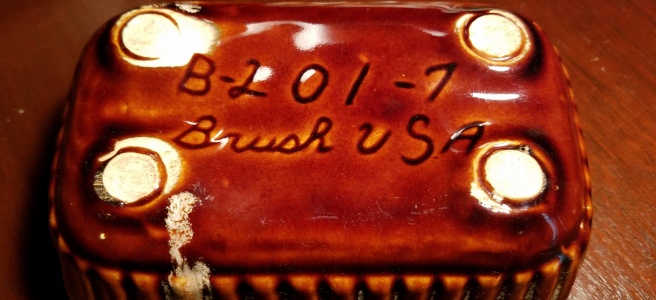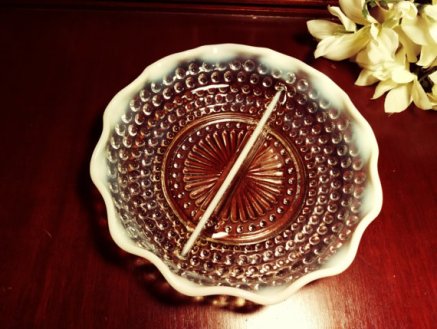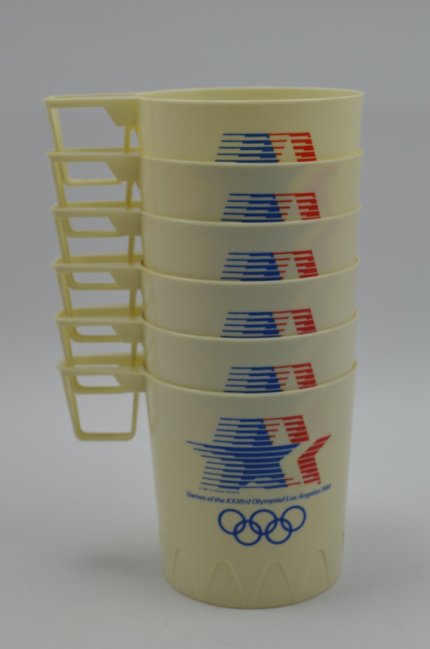A few months back, I did a post on McCoy Pottery which talked about the Nelson McCoy connection. That post touched briefly on George Brush who had gone into business with Nelson McCoy, forming Brush-McCoy. This union only lasted until 1918 when they went their separate ways and Brush Pottery became its own business. The Brush-McCoy mark stopped being used in 1925.
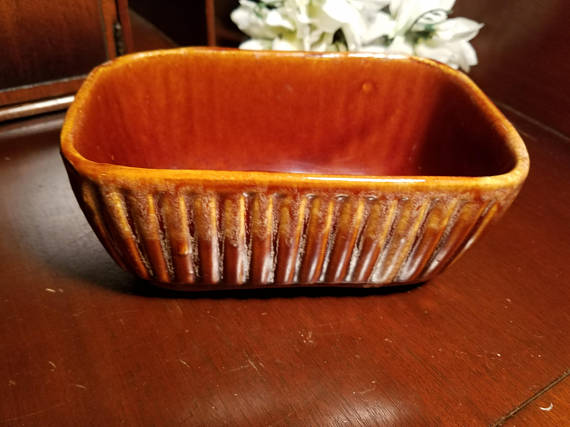
According to Lehner’s Encyclopedia, there are 2 different Brush Potteries. The first one was only in business for a year (1907 to 1908) when the pottery burned down. In that year they produced kitchen ware and sanitary ware. One item of note was the Lucille Toilet Ware line. After the fire destroyed the 1-kiln plant, George Brush, the owner, went to McCoy Pottery. The original Brush pottery used the old Union Pottery molds so I’m not sure how to identify those pieces. If anyone knows, let me know!
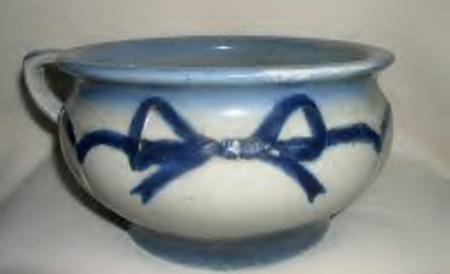
On to the second Brush Pottery. Once Brush and McCoy went their separate ways with McCoy selling their interest in Brush-McCoy, Brush started turning out many well vitrified products. Lehner’s Encyclopedia lists those items as kitchen ware, vases, cookie jars, patio ware, garden ware and more. Their cookie jars are very collectible and they had quite a few designs.

During the 1920s through the 1940s, they updated their equipment, getting a new tunnel kiln which improved their production. They introduced their Colonial Mat and Art Vellum lines; going towards softer and semi-matte finishes. According to the American Association of Art Pottery some of their brightly colored glazes sold really well, too, in the 1930s. They had a faux Rockingham Nurock glaze that was popular during this time.

Brush Pottery is remembered for a few key pieces, mainly frogs of every shape and attitude, as well as cookie jars. And to combine those two, a frog cookie jar called “Hill Billy Frog” which is rare and can sell upwards of $4,000! Their main business turned more towards the floral and novelty. Just like the planter at the top from the Vintage Eve’s shop and this one here.
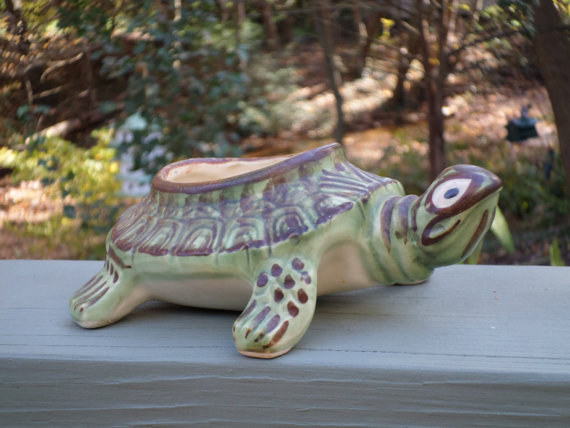
Here is the “Hill Billy Frog” cookie jar. The link will take you to a website to help you know the difference between the original and the repro.
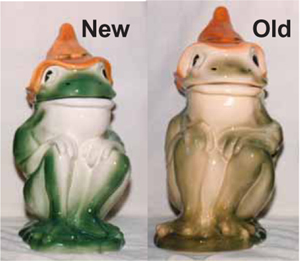
You will still see a lot of items listed as “Brush McCoy” when you shop even if they are just marked “Brush.” Anything produced after 1925 is either a McCoy or a Brush, not the combined name. Also, the Brush name was always impressed into the clay. The new repros out there have “Brush McCoy” in raised letters. In December 1978, Brush Pottery was sold to C.S.C. Inc. of Chicago, then in 1979 to Virgil Cole and John O. Everhart. They closed for good in 1982.

They were around from the 1920s through to the 1980s. I can’t find the information as to what finally shut them down. They may have gone the same way many of the others did, with cheap imports taking over the market or it could have been lack of interest of the new owners. Hard to say. But it closed down in 1982 and burned down sometime around the turn of this century.
Again, I find it interesting to untangle the threads of all these companies, to follow one to its roots. I hope you have enjoyed this post and will join me at the link parties on the right. Have a great week!

